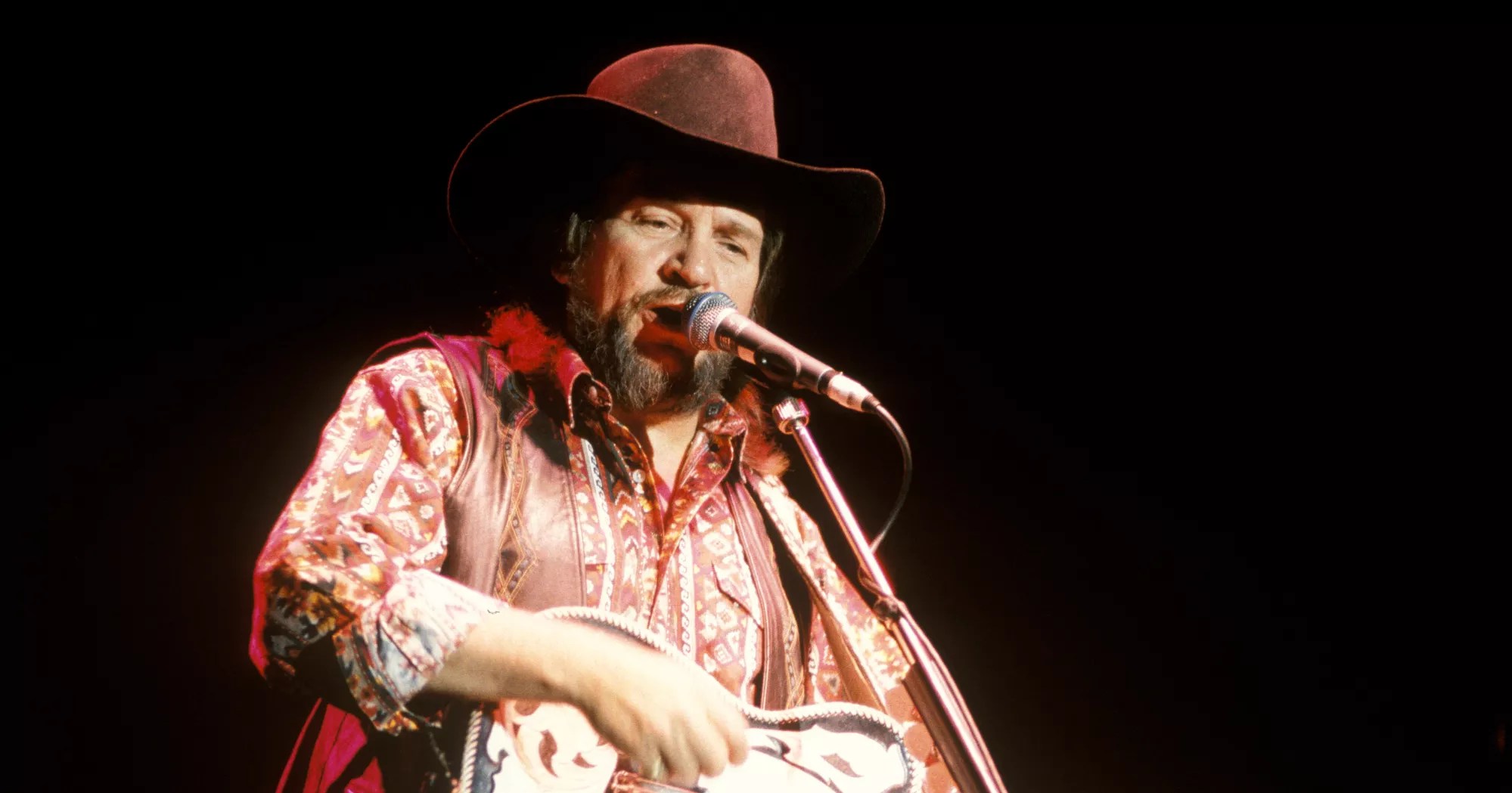
David Redfern/Redferns

Audio By Carbonatix
Wandering around the Valley, you might spot a celebrity. Specifically, if you’re in a local cemetery.
Maricopa County is the final resting place for a host of politicians, professional athletes, war veterans and pioneers, according to the internet grave-search site Find a Grave. Plenty of them, like former governors and historical Phoenix figures, are important but relatively obscure. However, there are plenty of headstones for people whose names many Arizonans will recognize – especially one cryogenically frozen baseball player.
Here are 11 of the most famous people who have been laid to rest in Phoenix, plus two more who don’t quite fit the definition of buried.
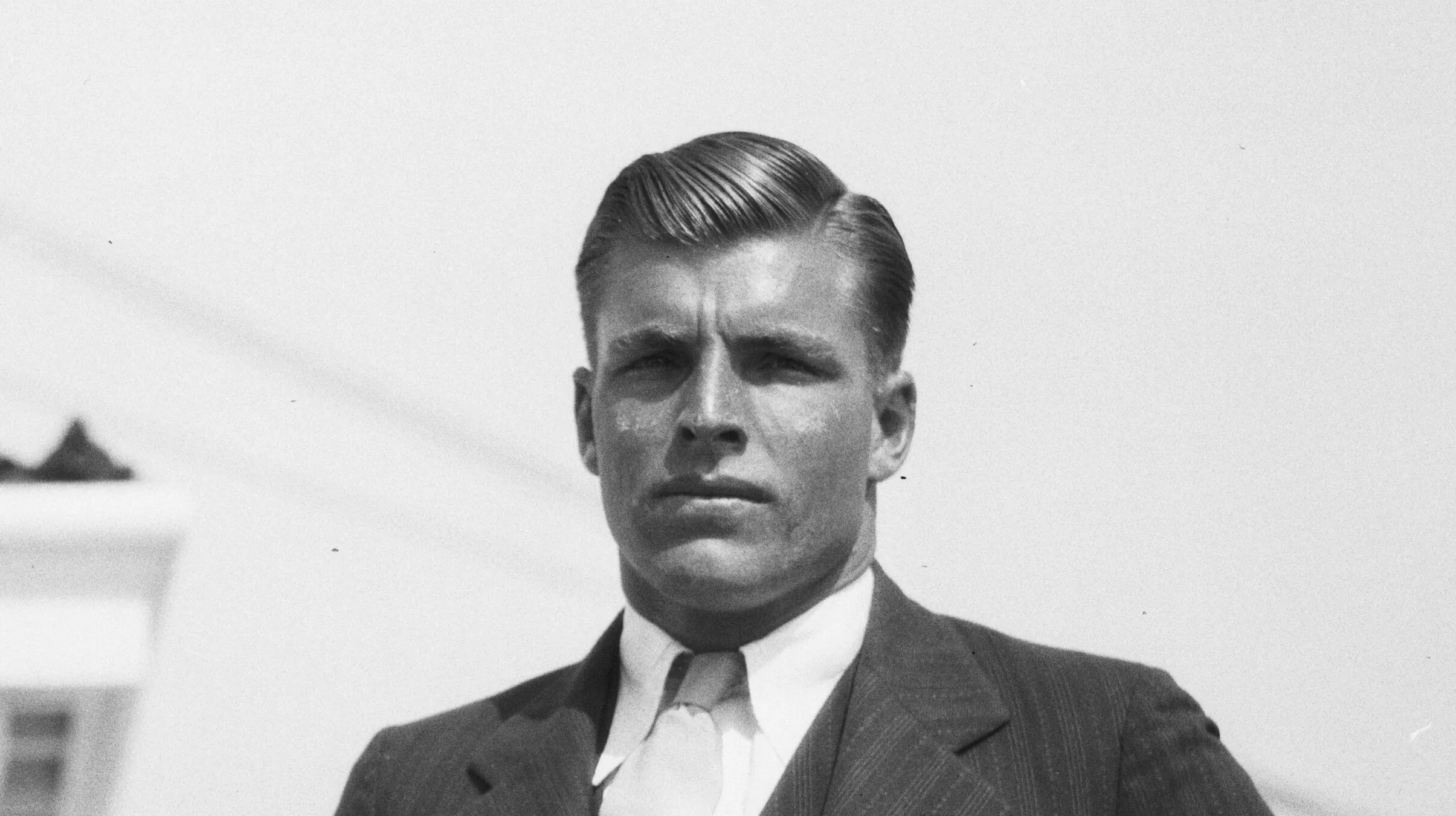
Buster Crabbe, circa 1930.
UCLA Charles E. Young Research Library Department of Special Collections, A1713 Young Research Library/CC BY 4.0
This year, make your gift count –
Invest in local news that matters.
Our work is funded by readers like you who make voluntary gifts because they value our work and want to see it continue. Make a contribution today to help us reach our $30,000 goal!
Buster Crabbe (1908-1983)
Crabbe was an American actor and athlete who made a name for himself in the 1930s and ’40s. His career began after he won the 400-meter freestyle swimming gold medal at the Los Angeles Summer Olympics in 1932. From there, he transitioned into acting, where he played iconic characters such as Flash Gordon, Buck Rogers, Tarzan and Billy the Kid in various television shows and movies.
Gravesite: Crabbe is buried at Green Acres Memorial Park in Scottsdale. His plot is located within the Heritage Gardens vault, which is not open to the public.
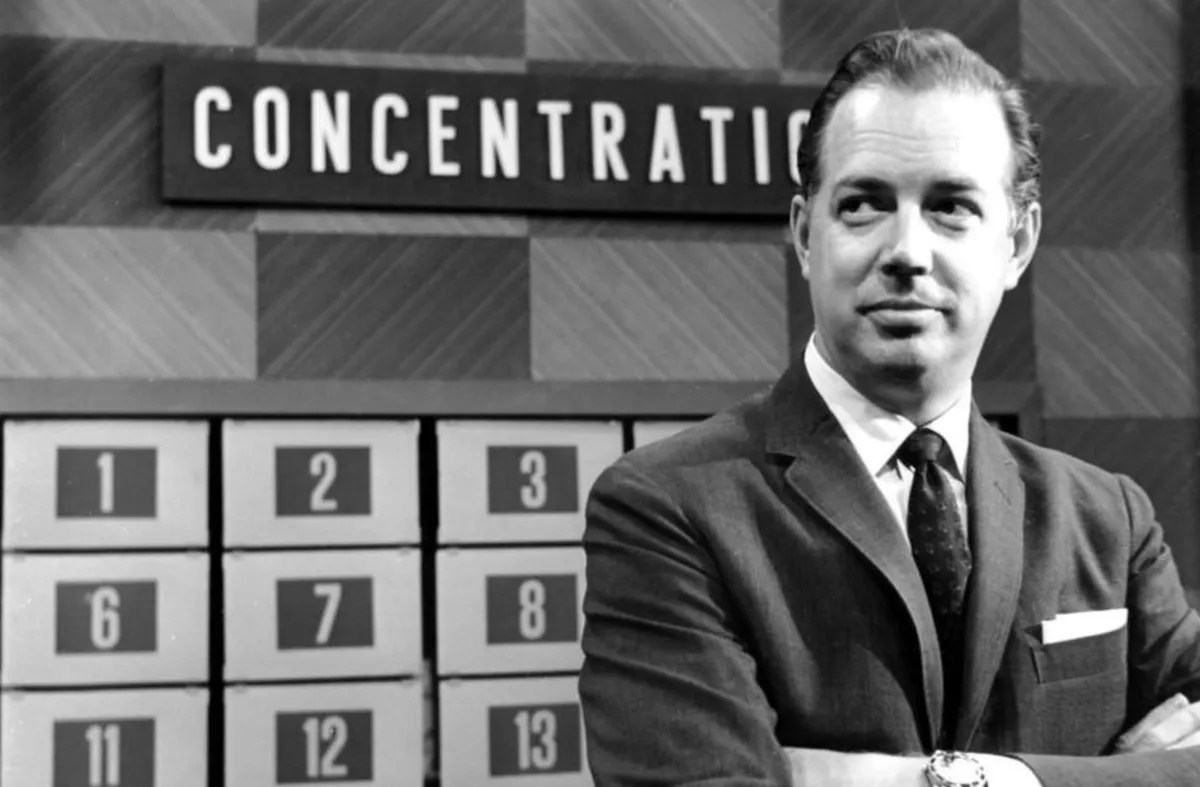
Wikimedia Commons/Public Domain
Hugh Downs (1921-2020)
Downs, a news anchor and television host, was a regular television presence between the 1940s and 1990s. He hosted the “Today Show” and the “Concentration” game show on NBC in the 1960s and ’70s. From 1978 to 1999, he hosted ABC News’ “20/20” alongside Barbara Walters.
Gravesite: Downs is interred at the Christ Church of Ascension Memory Garden. His gravesite features a large cross with a fountain that includes his name and those of other family members.
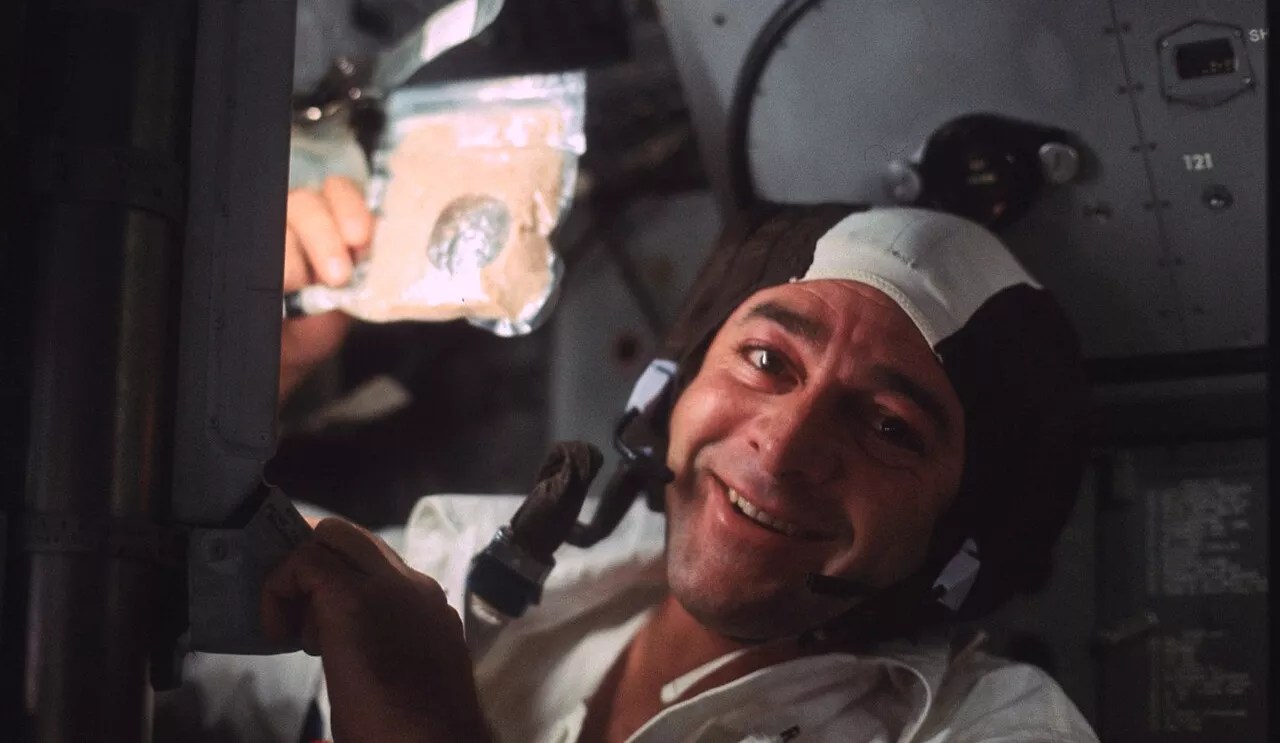
Ronald Evans Jr. on a space flight.
NASA/Wikimedia Commons/Public Domain
Ron Evans Jr. (1933-1990)
Evans is one of only 24 people who have flown to the moon, though as the command module pilot for Apollo 17, he never stepped foot on the surface. After working as a U.S. Navy officer and aviator, electrical engineer and aeronautical engineer, Evans was selected as an astronaut by NASA. He made his first and only trip to space in 1972, which marked America’s last manned mission to the moon. He died of a heart attack in his sleep in Scottsdale at 56.
Gravesite: Evans is interred at Valley Presbyterian Church Memorial Garden in Paradise Valley.
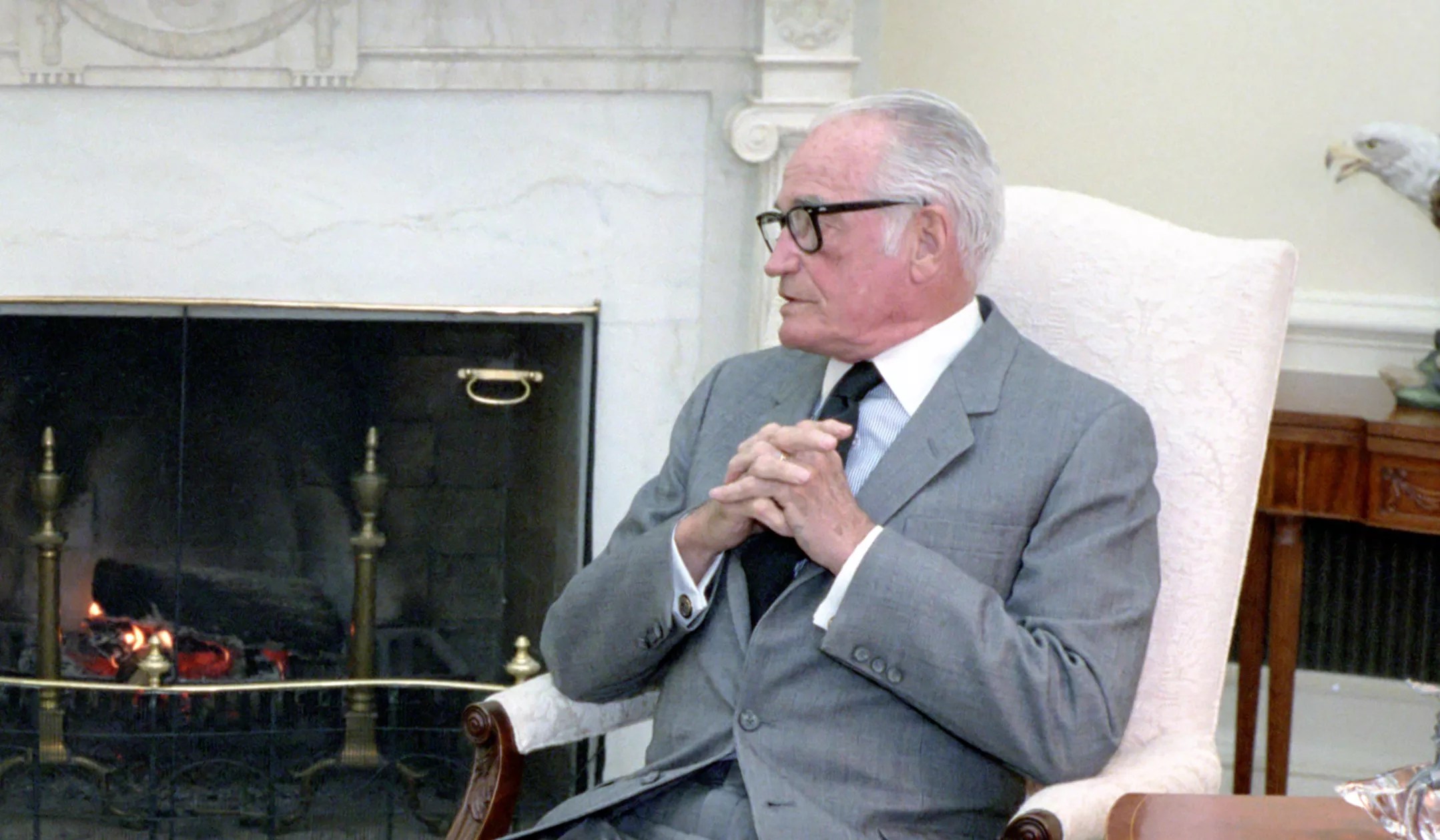
Ronald Reagan Presidential Library/Wikimedia Commons/Public Domain
Barry Goldwater (1909-1998)
Goldwater was one of Arizona’s most prominent politicians. He served Arizona for 30 years in the Senate, beginning his first term in 1953. Nearly 10 years later, he ran for president as the Republican nominee against incumbent President Lyndon B. Johnson. He retired from the Senate in 1987, though his hyper-conservative ideals live on through the influential Goldwater Institute. Terminal 4 at Phoenix Sky Harbor International Airport is also named after him.
Gravesite: Goldwater is interred at the Christ Church of Ascension Memory Garden in Paradise Valley.
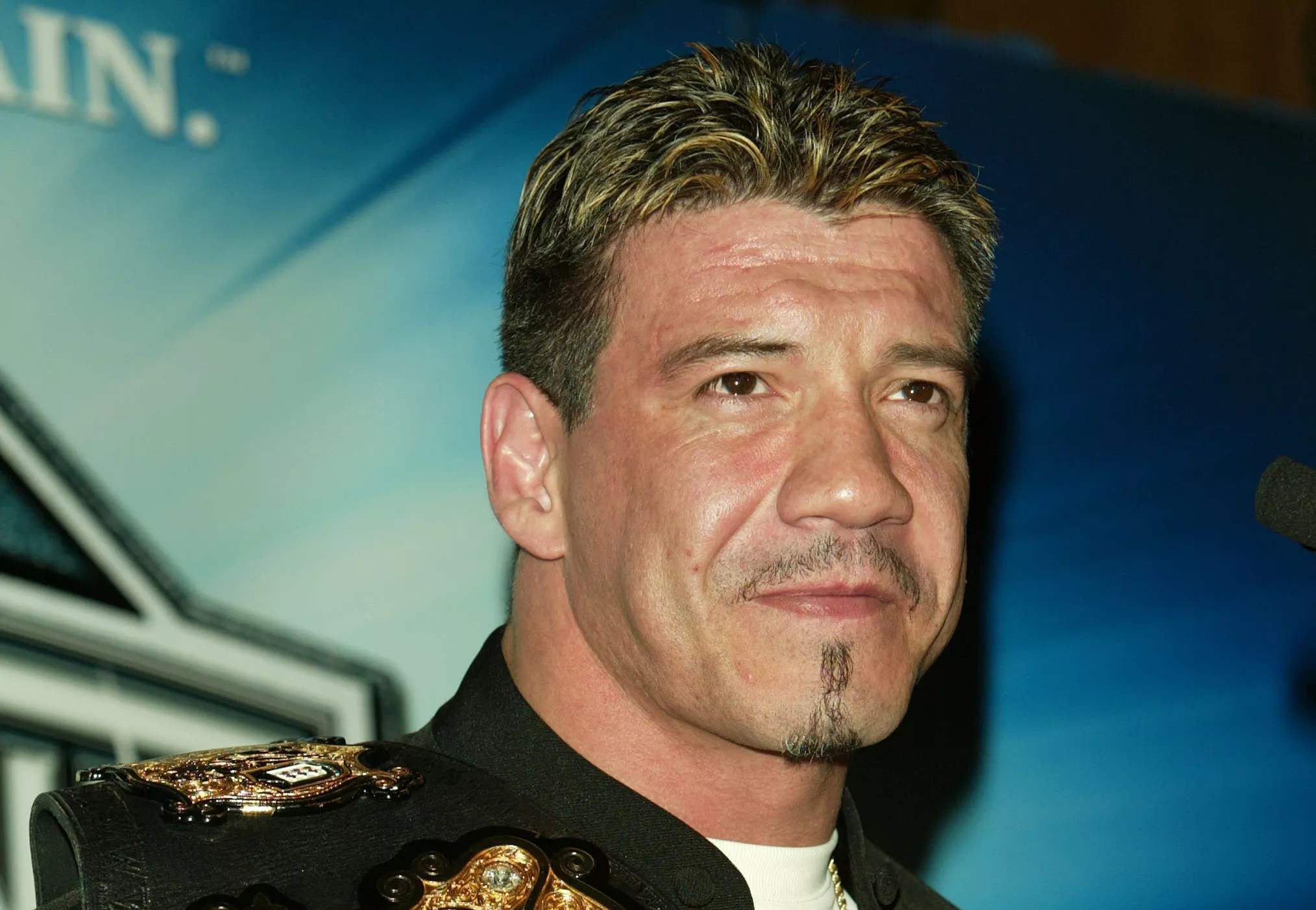
Eddie Guerrero in 2004.
Peter Kramer/Getty Images
Eddie Guerrero (1967-2005)
Guerrero, also known in wrestling circles as “Latino Heat,” is regarded as one of the greatest professional wrestlers of all time. After stints with the New Japan Pro Wrestling and Extreme Championship Wrestling, he hit the big time in the 1990s with World Championship Wrestling and later the World Wrestling Federation, with whom he won several championships. He died at 38 in a Minneapolis hotel room due to acute heart failure.
Gravesite: Guerrero is interred at the Green Acres Memorial Park in Scottsdale. His grave reads, in part, “You are the champion of our hearts… always and forever.”
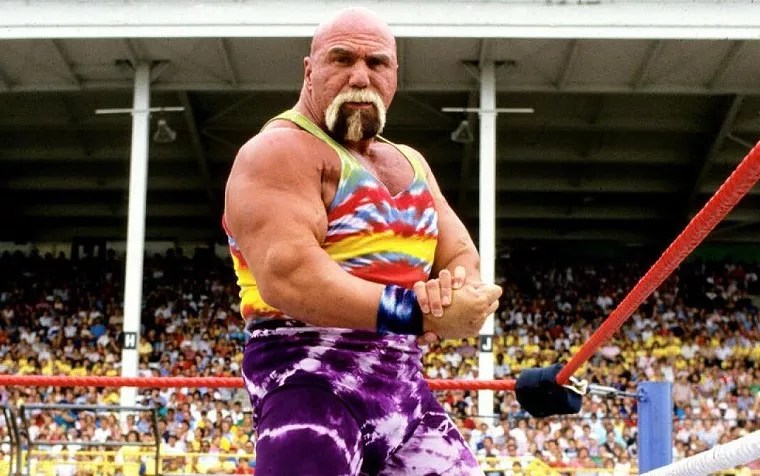
The late “Superstar” Billy Graham inspired generations of grapplers with his charisma, style, and physique.
WWE
“Superstar” Billy Graham (1943-2023)
“Superstar” Billy Graham rose to fame in the wrestling world as champion of the World Wide Wrestling Foundation – now known as World Wrestling Entertainment – from 1977 to 1978. A three-time world champion who was inducted into the WWE Hall of Fame in 2004, he is credited with heavily influencing the style and bravado of professional wrestling. The Phoenix native, who was born Eldridge Wayne Coleman Jr., was also a training partner of Arnold Schwarzenegger.
Gravesite: Graham is interred at Green Acres Memorial Park in Scottsdale.
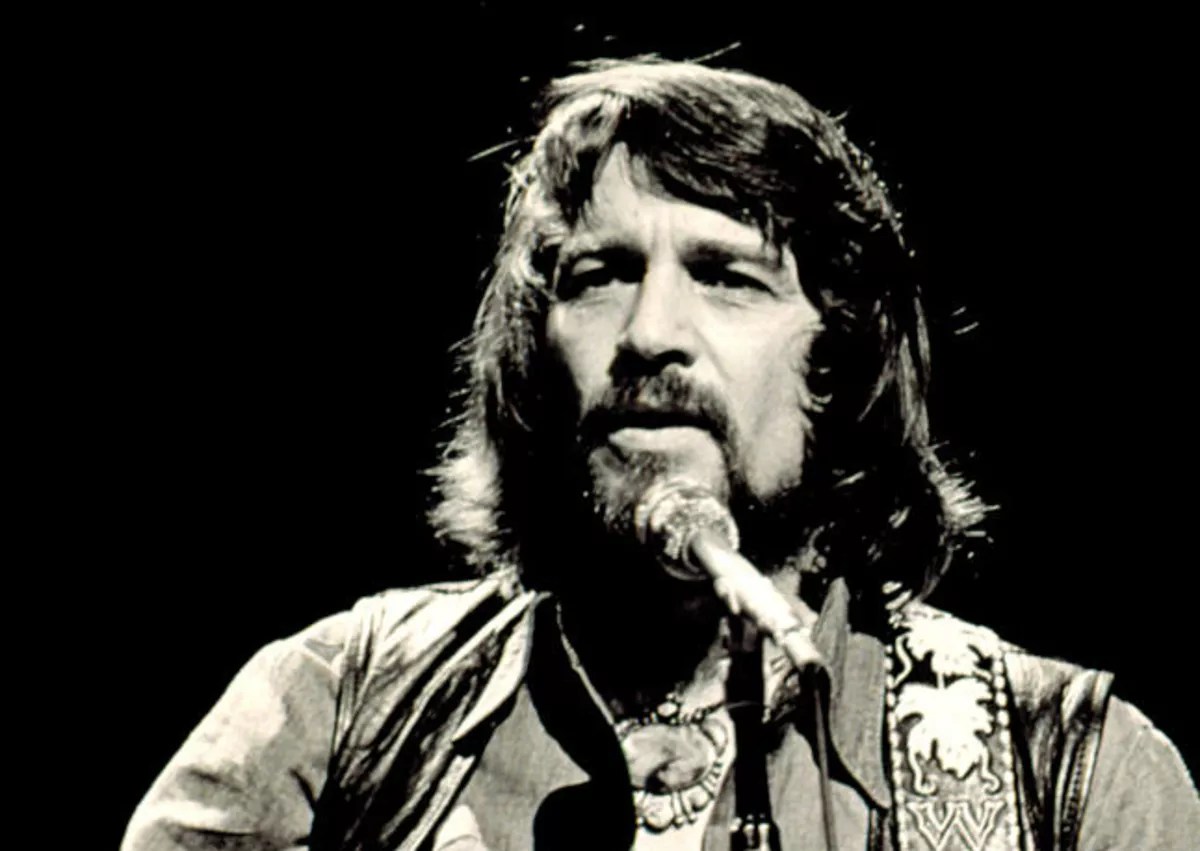
Waylon Jennings in 1976.
RCA Records/Wikimedia Commons/Public Domain
Waylon Jennings (1937-2002)
Jennings was a country western singer who recorded more than 60 albums, with hits such as “I’m a Ramblin’ Man” and “Good Hearted Woman.” Early in his career, part of which was spent in Arizona, he played backup for Buddy Holly and gave up his seat on the plane that killed Holly. He also worked with Johnny Cash, Kris Kristofferson and Willie Nelson to form the country music group The Highwaymen. He won two Grammy Awards and was inducted into the Country Music Hall of Fame in 2001. He died in Chandler at 64 of complications from diabetes.
Gravesite: His gravesite is at the City of Mesa Cemetery, where a black plaque with his picture on it describes him as “a loving son, husband, father and grandfather” as well as “a vagabond dreamer, a rhymer and singer of songs, a revolutionary in country music” who was “beloved by the world.”

Christopher Keane/Wikimedia Commons/CC BY-SA 3.0
Bil Keane (1922-2011)
Bil Keane’s “The Family Circus,” which debuted in 1960, was and remains one of the most successful newspaper comic strips in history. The strip’s true-to-life gentle humor features a sentimental portrait of a family’s life, modeled after Keane’s own in Paradise Valley. His son, Jeff Keane, continues the strip to this day.
Gravesite: Keane is interred at the Holy Redeemer Cemetery in Phoenix.
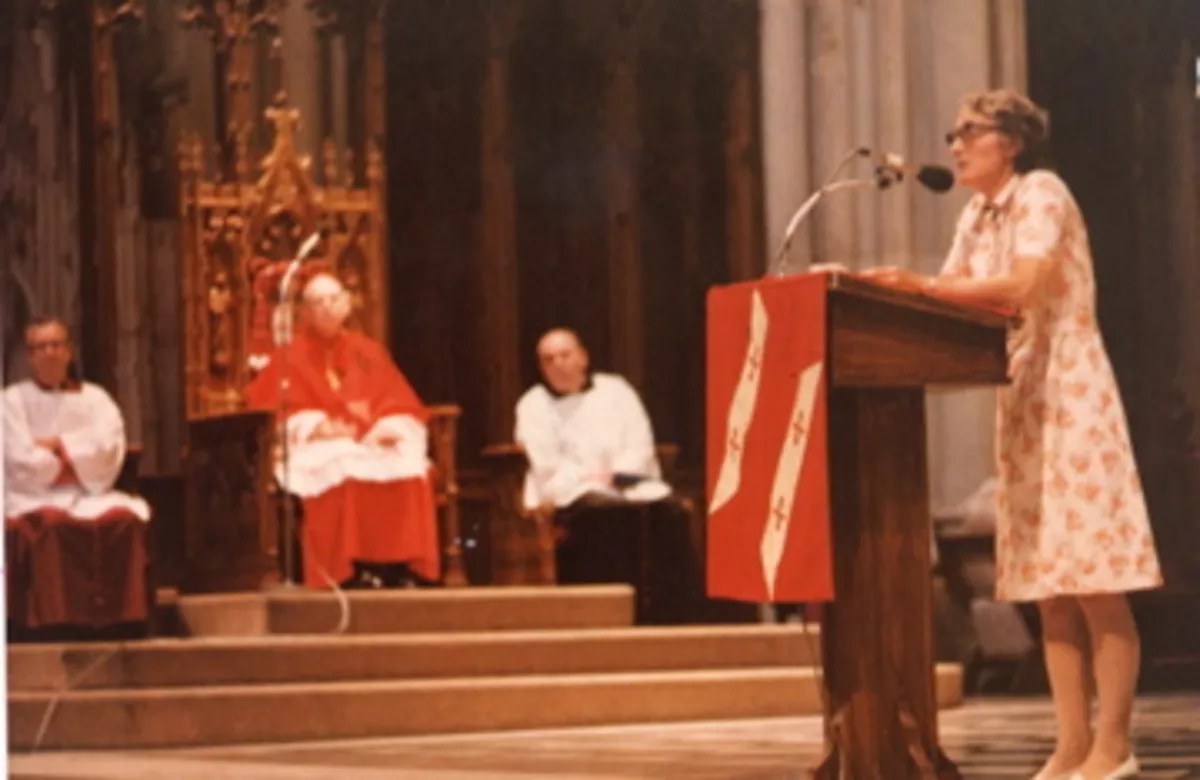
Elisabeth Kubler-Ross delivers a speech in 1972.
Wikimedia Commons/CC BY 4.0
Elisabeth Kubler-Ross (1926-2004)
A Swiss-born psychiatrist and author, Kubler-Ross is best known for her book “On Death and Dying,” which introduced the concept of the Five Stages of Grief – denial, anger, bargaining, depression and acceptance. These stages, which are referred to as the Kubler-Ross Change Curve, are still used to process life-changing experiences or losses. She moved to Scottsdale in the 1990s.
Gravesite: Kubler-Ross interred at Paradise Memorial Gardens in Scottsdale. Her gravestone memorializes her as a “loving mother and grandmother, compassionate friend, teacher and student.”
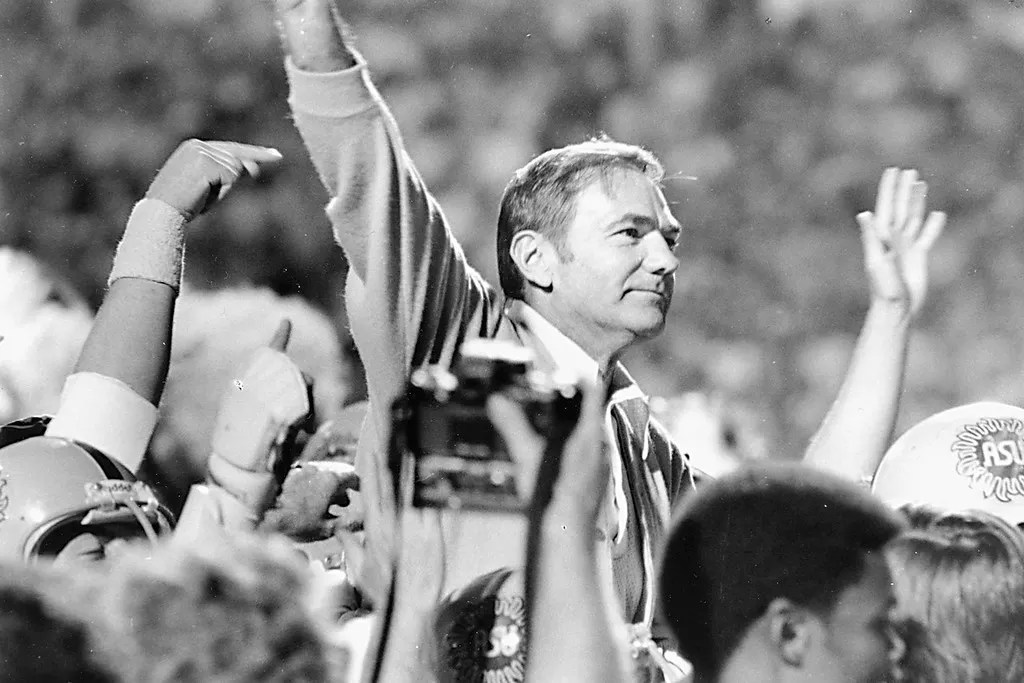
Frank Kush, who died last week at 88, brought the Arizona State University football program to national prominence.
Sun Devils Athletics
Frank Kush (1929-2017)
Kush was a legendary college football coach who led Arizona State University’s football team for 22 years beginning in the late 1950s. During that time, the team won nine conference titles and six bowl games, establishing ASU as a major national contender. He was inducted into the College Football Hall of Fame in 1995.
Gravesite: Kush is interred at the Saint Francis Catholic Cemetery in Phoenix.
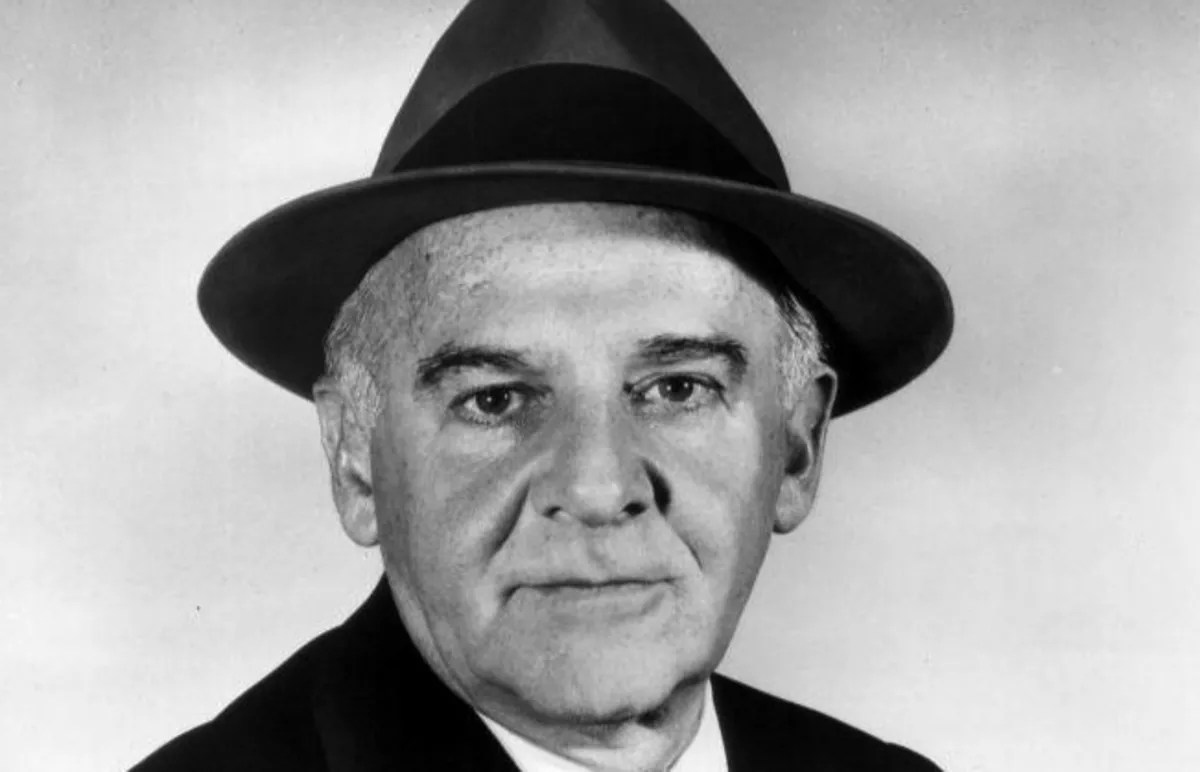
Walter Winchell in 1960.
Wikimedia Commons/Public Domain
Walter Winchell (1897-1972)
A New York native, Winchell was a journalist who rose in prominence as the so-called inventor of the gossip column in newspapers. He would sometimes use blackmail to get information. In 1932, he transitioned to radio, where he had a Sunday broadcast that attracted more than 50 million listeners. He was one of the first mainstream figures to oppose Adolf Hitler in the run-up to World War II, although Winchell’s later support for anti-communist crusader Joseph McCarthy led to Winchell’s fall from prominence. He moved to Phoenix later in life.
Gravesite: Winchell is interred at the Greenwood Memory Lawn Cemetery in Phoenix.
Not-quite-buried in the Valley
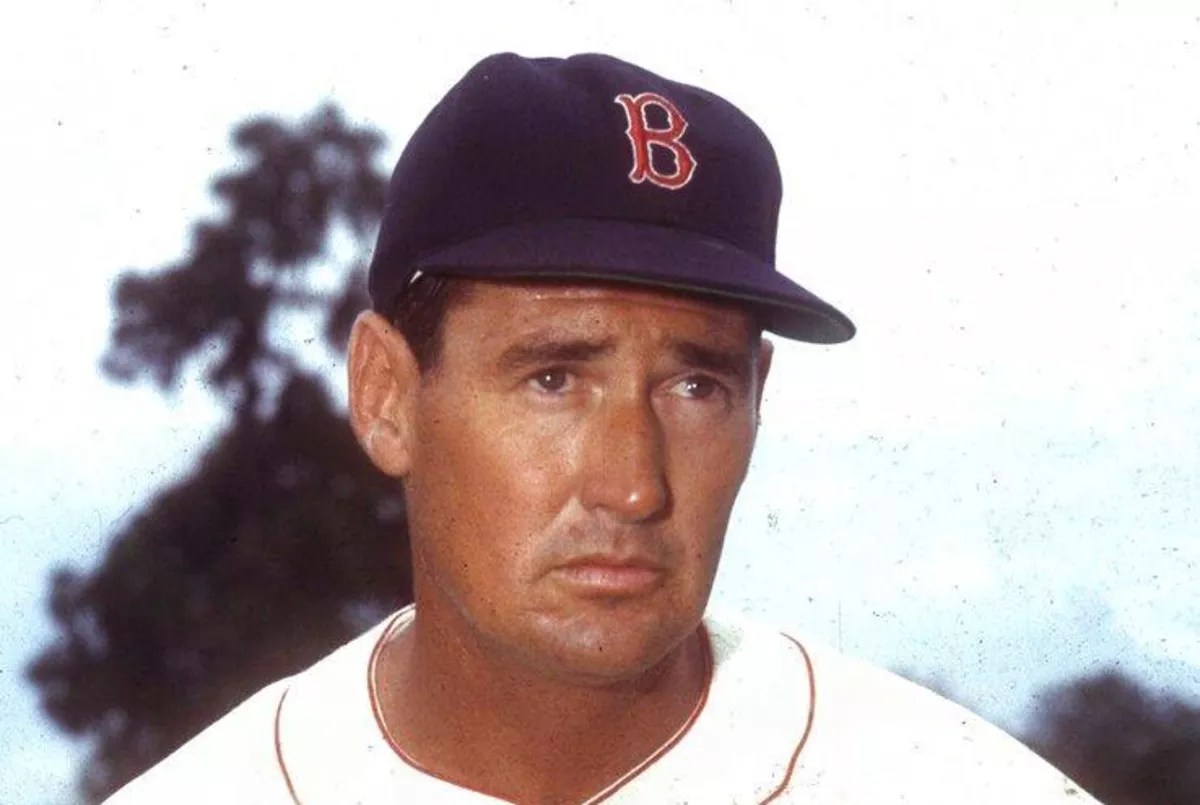
Associated Press/Wikimedia Commons/Public Domain
Ted Williams (1918-2002)
Williams is one of the best baseball players of all-time, a Hall of Fame player with the Red Sox whom many regard as the best pure hitter to ever play the game. Williams won the Triple Crown – leading the league in batting average, home runs and runs batted in the same season – twice. He also holds the record for best career on-base percentage. He also served in both World War II and the Korean War in the middle of his playing career.
Gravesite: Williams’ remains are located at Alcor Life Extension Foundation’s facilities in Scottsdale, where he has been cryonically frozen. After Williams died in Citrus Memorial Hospital in Florida at the age of 83, his body was taken by private jet to the non-profit cryonics foundation in Scottsdale. Once there, Williams’ body was separated from his head and preserved separately. The process hasn’t been without controversy. In 2009, a former Alcor employee alleged that his body was mistreated by the company, including staff swinging a monkey wrench at Williams’ frozen severed head to remove a tuna can stuck to it. Alcor denied the allegations.
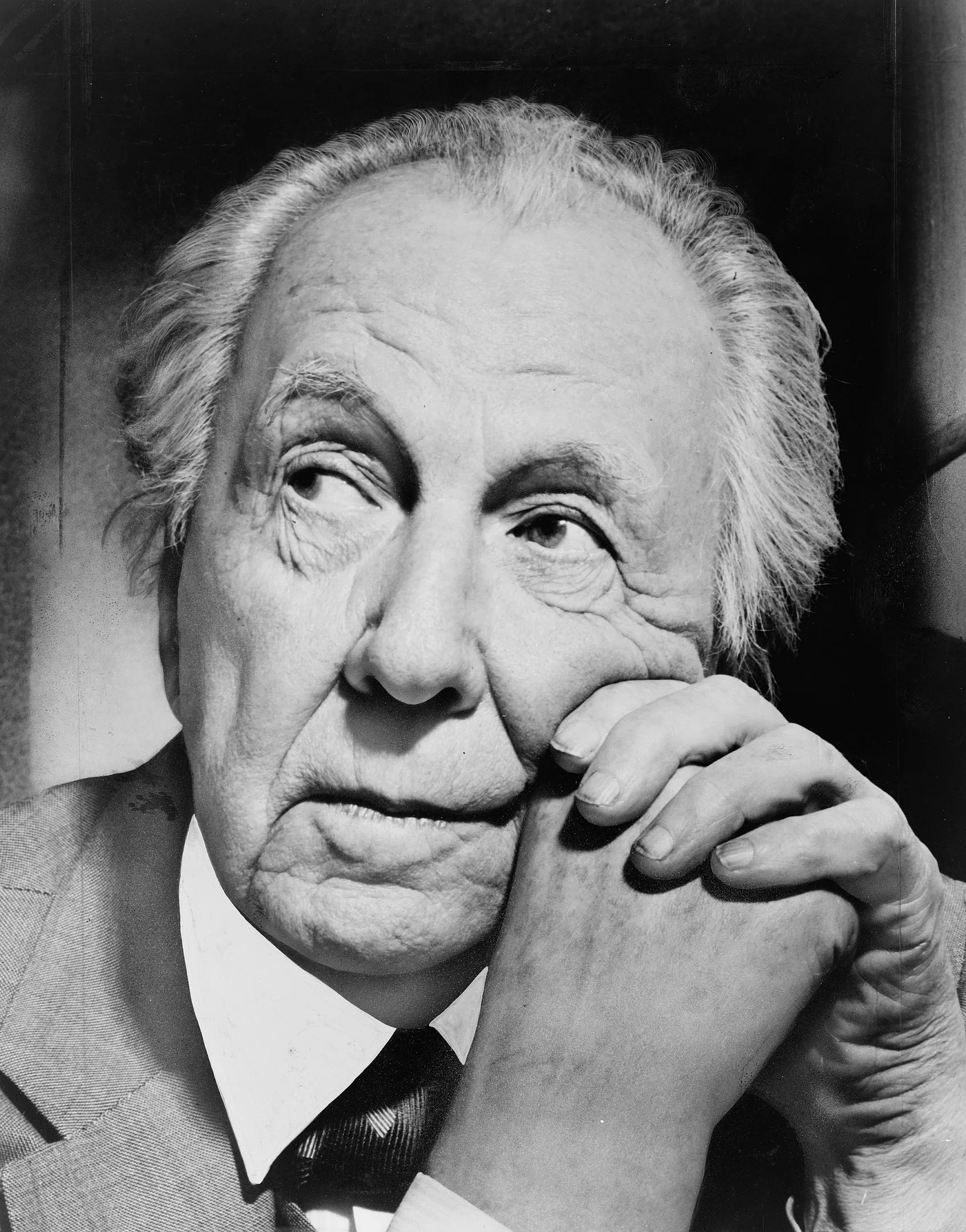
Frank Lloyd Wright in 1954.
Al Ravenna/New York World-Telegram
Frank Lloyd Wright (1867-1959)
Wright was a renowned architect who designed more than 1,000 structures, including offices, hotels, museums and homes, across the U.S. over a period of more than 70 years. His most famous works include the Guggenheim Museum in New York, the Robie House in Chicago and Taliesin West in Scottsdale. Through his Taliesin Fellowship, he trained hundreds of up-and-coming architects. His other projects in Arizona include the Arizona Biltmore Resort, David & Gladys Wright House, First Christian Church and Arizona State University’s Gammage Auditorium.
Gravesite: Wright was buried at Taliesin West in Scottsdale for many years. But after the death of his last wife, Olgivanna Wright, his body was removed, cremated and spread over three different locations, including over the Arizona desert and the Wright estate.